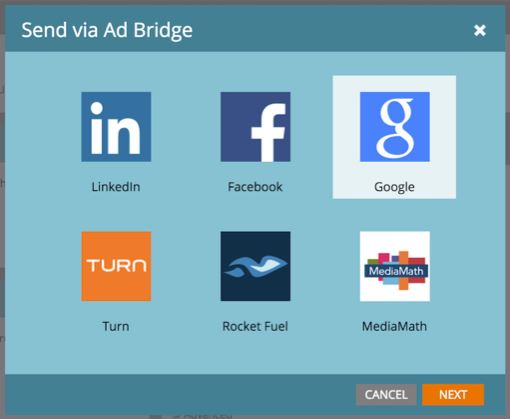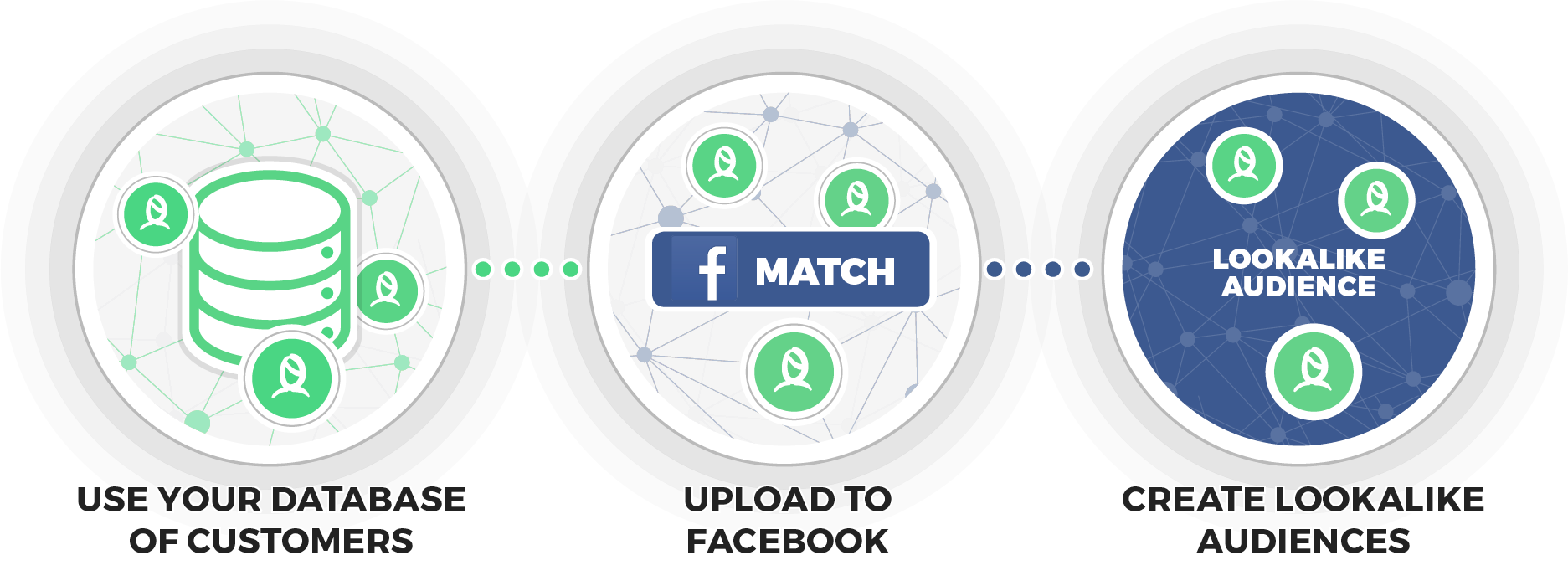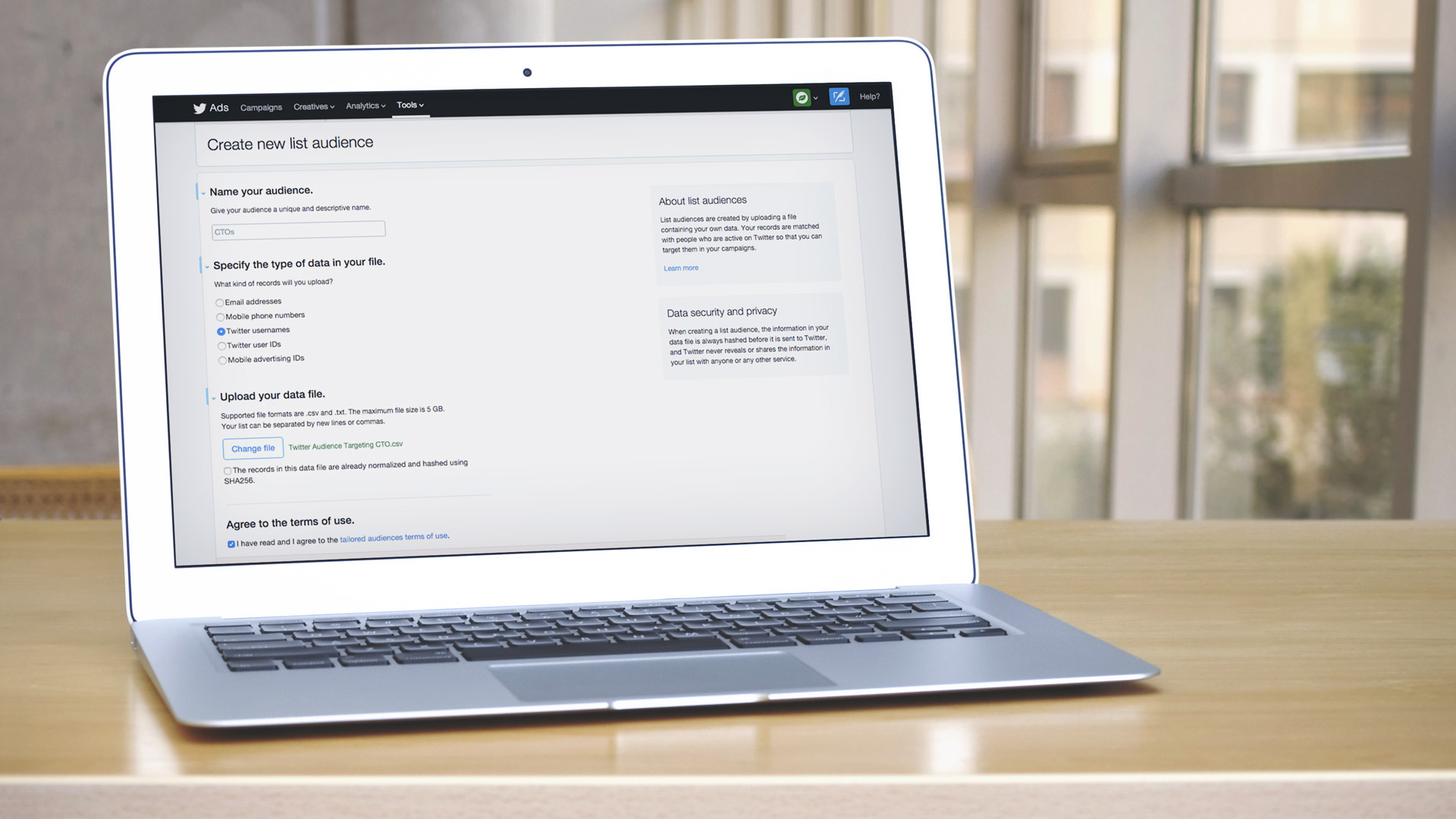Is your company stuck in a social media bubble? As you begin the new year, you may be feeling limited and frustrated because you’re only reaching the same group of people on Facebook or on Twitter. You’re restricted by the Twitter and Facebook algorithms that confine your reach to your current followers and a slim margin of potential followers.
How can you break out of this social bubble and expand your company’s reach?
How can you make your marketing voice louder and more widely heard throughout the online marketplace?
The primary way that midsize companies are broadening their reach on social media is through the gain and manipulation of lookalike audiences. Find out how you can create lookalike audiences and make them work for you.
Getting the scoop on lookalike audiences
The term “lookalike audience” is pretty straightforward. It’s a group of people who share many of the same traits and qualities that your current customers possess. Basically, it’s a fresh pool of potential buyers, just waiting for you to dip your marketing net in and draw out a collection of new customers. These customers look like your current clients, so they’re more likely to want what you have to offer.
From clients of mine that I’ve used lookalike audiences with, their campaigns that targeted well-built lookalike audiences had fantastic click-through rates. They also had the best cost per acquisition in more than half of the campaigns. That means you get more meaningful ad interaction and more valuable leads for your investment.
source: Bridge
Setting up Facebook Lookalike Audiences
Maybe you’ve used Facebook’s Custom Audiences feature, and you like its functionality — but you’re just not seeing the expansion of your reach that you wanted. That’s where Facebook Lookalike Audiences comes into the picture.
At the outset, you’ll need to provide the CRM or website data, but once that is done, Facebook can create an audience that’s very similar to your current custom audience. It will be the right demographic, but these people are not your current buyers — they are fresh contacts that you can try to lure to your brand.
Let’s imagine that you’ve had a lot of views on a recent Facebook video you posted. Go to Facebook Ads Manager, Menu, All Tools, then Assets, and click on Audiences. Buried under “Create Audience,” you’ll see the “Lookalike Audience” option. You’re not ready for that one yet, so click on “Custom Audience” instead.
Then you can choose whether to create the audience based on a customer file you have, the website traffic you’ve gained, or your followers’ engagement on Facebook. Choose “Engagement on Facebook” and select “Video.” From the drop-down box, you can set the level of engagement. Give the audience and name, and click “Create Audience.”
Now that you have the engagement-based audience, go back to the Audiences dashboard, where you can use your newly created audience as a jumping-off point for your lookalike audience. Of course, you’ll need to put in some work to find engaged users within the lookalike audience. That’s where retargeting and personalized advertising can make a big difference.
Stealing your rivals’ Twitter followers
On Twitter, you can create a lookalike audience by targeting your competitors’ Twitter followers. These people are already interested in products and services like yours — that’s why they are following your rival. They’re a ready-made lookalike audience.
Before you begin targeting them, have a clear strategy in mind. You don’t want to annoy them; you want to lure them to your side.
Here’s how you do it. Typically, you would use your own followers and ask Twitter’s audience-targeting tool to find similar users whom you can pursue — a valuable resource on its own. However, you can also visit your competitor’s Twitter feed and create a list of their followers. Have someone in your department do this by hand, or employ a tool like Followerwonk to do the busywork.
If you’re using Followerwonk, simply type in the Twitter account name of your rival and “analyze” the list. You’ll get a few pieces of information about each follower. Then, you can create a CSV, clean it up, and upload it to Twitter by going to Tools, Audience Manager, and then “Create New List Audience.” After Twitter processes the new list, you can craft a new campaign to target those potential followers.
Using your marketing automation solution
Depending on which marketing automation tool you have, it may have a native integration with Facebook/Google/LinkedIn to push in your database for an automated look-alike audience build out.

According to the tool’s makers, it can expand your audience by helping you personalize ads for your most promising customers. That feature is of particular value for marketers who have just created lookalike audiences and need to send them relevant, customized content.
Marketo Ad Bridge also helps you identify which search ads are resulting in quality customers. By keeping an eye on those numbers and adjusting your strategy as necessary, you can improve your company’s return on investment for search ads.
Insights from Ad Bridge’s Audience Hub clues you into the effectiveness of your display ads. With that information, you can create more meaningful ads and place them on Facebook, Google or your website.
Bursting the bubble
Think of a lookalike audience as a group of people who want your product, but don’t know it yet. They’re trapped in their own small social bubble, and they may not even be aware that your company exists. By including them in a lookalike audience and targeting them with personalized ads, you’re not only increasing your company’s reach — you’re also doing these people a favor, helping them learn more and broaden their own social media horizons.
How many social media bubbles will you expand — or break— this year? Start by investigating the tools available for crafting true lookalike audiences that you can use to expand your business and reach your future customers.





